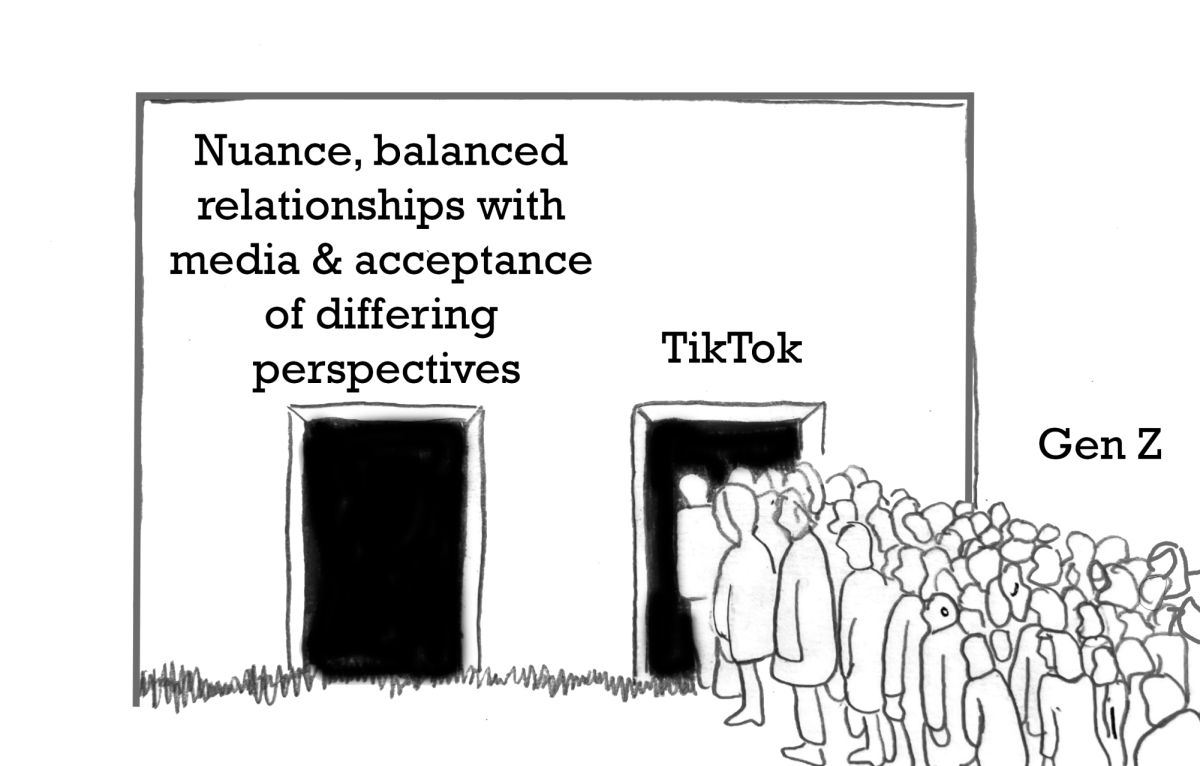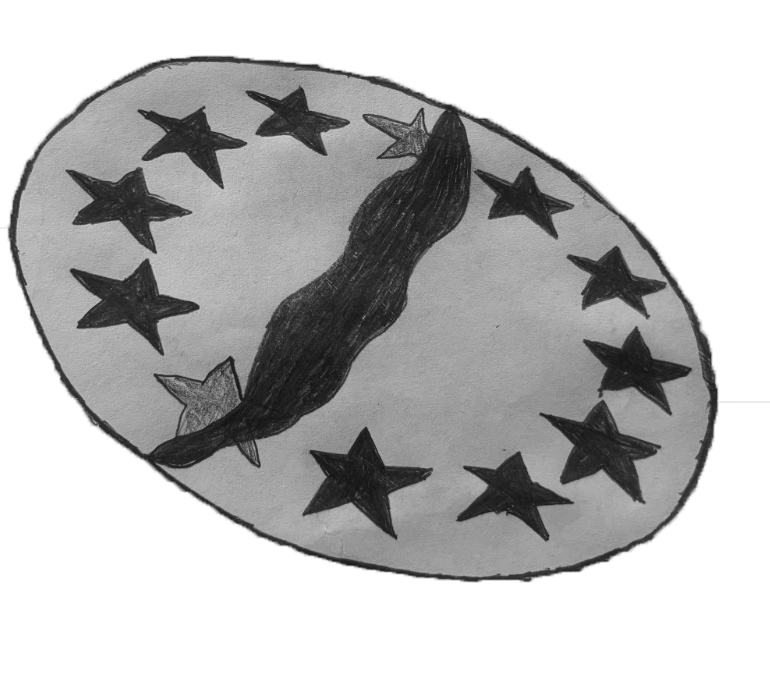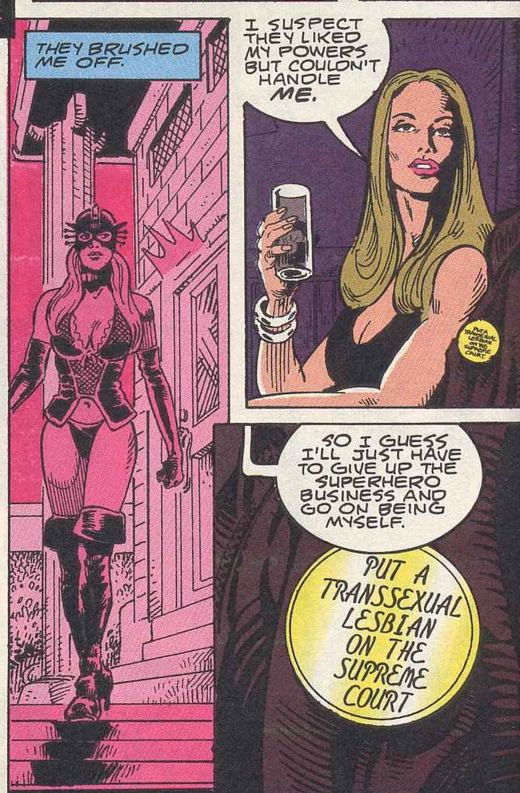The dopamine rush that accompanies a perfectly tailored set of 12-second video clips is likely a familiar feeling. Short-form content has reigned supreme for several years and has only virally expanded across platforms. Apps like TikTok utilize vertical scrolling layouts that trap users with endless applicable and fresh content with the help of advanced algorithms.
Despite its social discovery powers, an endless scroll of visuals introduces extreme bias. With accelerated consumption, users are introduced to a wide variety of topics but are not provided with any nuance or in-depth commentary on what is seen. The constant feed of visual content can blur the lines between what is real and what is fabricated. If we compare this to other media sources like newspapers we see that visuals allow for much more internal bias. Written work is inherently propositional and requires users to question the validity of the information as it is received. Visuals force users to accept what is seen as fact.
Another notable way bias is baked into short-form content is through algorithms, which gather data on users, determining what content they agree with or what evokes a strong emotional response, and continuing to feed them more like it. This can have many harmful real-world effects. In President Obama’s farewell address, he expressed his concern on the use of algorithmic media. “The rise of naked partisanship, and increasing economic and regional stratification, the splintering of our media into a channel for every taste — all this makes this great sorting seem natural, even inevitable. And increasingly, we become so secure in our bubbles that we start accepting only information, whether it’s true or not, that fits our opinions, instead of basing our opinions on the evidence that is out there.” The use of algorithms guards users from differing perspectives and eliminates all effective dialogue between perspectives.
The results of this deluge of short-form content are bleak. As Gen Z, we are belligerently reminded to get off our phones and save our developing minds from the burden of social media. Although I do not disagree with this sentiment, it can feel overbearing. Our dependence on media is a result of many social pressures, clever marketing strategies, and the general exploitation of young audiences.
This does not mean that Gen Z are left without options. Here are a few simple steps to lower dependence on short-form content that are easily achievable and do not include directly limiting screen time. First is to assess app usage on platforms like TikTok. The dopamine release that is associated with opening the app or finding a video may cause users to resort to escapism. This can be addressed by incorporating replacement behaviors. When stress factors prompt scrolling, avoid short-form content at all costs. There are numerous ways to address stress. If distraction is the goal, try a long-form option like a movie or podcast. If the stress factor is within control, opening up TikTok is likely an indicator to directly address the thing that is causing the stress. Once reliance on short-form content has been moderated, then address the personal function it will serve. Short-form content can have many positive impacts: a platform for discovery, a source of inspiration, or pure entertainment. By intentionally seeking out something to gain from scrolling usage will likely decrease.






